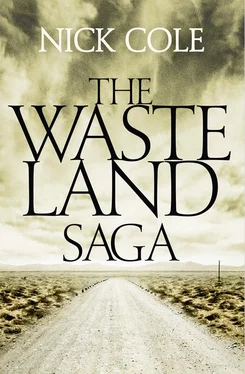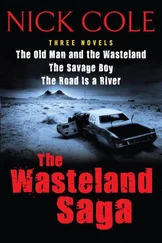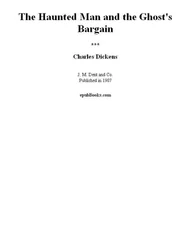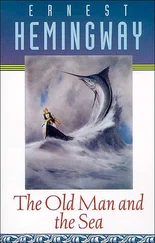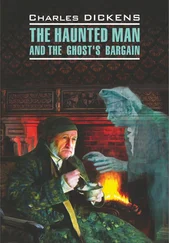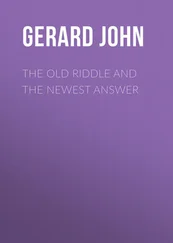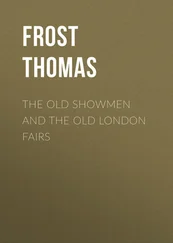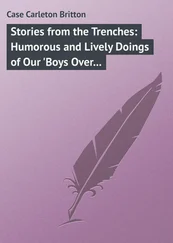You’ve made it. You should go and see now.
The Old Man left his gear and walked to the far side of the pass. He crossed an old stone wall and then a parking lot scorched and faded by forty years of sun and rain.
The rising eastern sun burned bright. For a moment it blotted out everything and the Old Man had to look away. He remembered coming to Gates Pass with his mother one time. To talk. She bought some jewelry from an Indian woman who sold them on a blanket. He had been maybe twenty-five.
He looked again and saw the city. It was a low collection of buildings with a few tall ones at the center. The city was dark against the brightness of the sun.
It didn’t get hit.
Then he began to laugh. But it didn’t feel right.
You made it.
He went back to his gear and soon was on the road toward the city. Morning birds flitted in the brush, calling rapidly to one another. To tell what they had seen or done. Or that they had survived. Or that they were still there. Or maybe that they were simply happy. Later, he passed the overgrown remains of a golf course. He saw a bobcat on a rock.
Soon he entered the old part of Tucson. Buildings were still standing. In a store, he saw the items it had once sold within. The front window had been shattered. Within lay a collection of sewing machines and vacuum cleaners.
He passed a grocery store and stopped to look in through the dark holes where the glass had once been. The shelves all lay atop one another but the cans and products still remained, piled in the dark against the bottoms of the toppled shelves.
He passed apartment complexes and finally came to a bridge that spanned the dry riverbed girding the western edge of Tucson. At the freeway off-ramp, blowtorched into the abutment wall was the word SAFETY and then an arrow pointing to the left under the bridge.
He followed the arrow and found others leading along the streets. Soon he entered the City Center. Birds flew everywhere, their calls echoing off the silent buildings. He crossed an intersection and walked toward an arrow that pointed farther down the street. He rounded a corner near a hotel and saw the gray square structure of the Federal Building.
At its base he saw a wall of sheet metal reinforced with sandbags. Written in large letters near a break in the sheet metal wall were the words “Welcome to Fort Tucson.”
He came to the gate, which was just an opening, and saw a courtyard and the steps leading into the main building. A gate that could have closed the opening had been swung back and left open.
The Old Man walked up the steps and entered through the main doors of the Federal Building. A large marble entrance was bisected by a spray-painted orange line that ran across the length of the floor. Beyond the line, spray-painted in orange were the words “Raise your hands and walk forward or you will be killed.”
The Old Man raised his hands.
He stood for a while and nothing happened. He walked forward into the dark at the far end of the hallway. Abruptly an automated noise hummed forth on a note, then reversed and sounded again. The process repeated itself. In the dark ahead he could see a small dog-shaped thing swiveling its head.
The auto sentry gun traversed back and forth across the lobby, and once the Old Man began to lower his hands, the motion stopped and the sentry gun ground to a halt, locking its barrel in his direction. He raised his hands quickly. Automatically the gun began to traverse its field.
This is salvage.
The Old Man passed the sentry gun and turned. A red light on the ground attached to a battery pack switched to green and the gun ceased to move. An elevator lit up and the Old Man waited as the doors opened with a soft hush and then a poignant ding. On the back wall was a hand-painted sign that read Enter.
When the doors opened again, the Old Man stepped into a stark white lobby with polished floors. It was government. The feeling of the fluorescent lights, the cheap linoleum, the polished floors, and the smell of paper. The Old Man remembered a place where he had gone to get a Social Security card when he was eighteen. It had been like this.
Or was that a passport?
I don’t remember.
Beyond the lobby were two halls leading in opposite directions. On one wall another hand-painted sign read THIS WAY! He followed.
The door at the end of the hallway with the next hand-painted sign was at the corner of the building. The sign read Enter and the Old Man did.
Inside, a large desk and an executive chair looked out over the iron blue skies of Tucson. The Old Man could see the northwestern section of the city from here. On the desk lay a composition book. Written on the cover were the words “Read Me.”
The Old Man sat in the chair, his rucksack still hanging from his tired frame. He leaned back in the chair and didn’t feel as sick as he knew he should feel. His throat still felt raw.
You’re excited. Too excited.
He closed his eyes and listened to the tick of the building. He heard clocks. A creak somewhere. But mostly silence. He thought he heard the breeze outside the windows. He felt his mouth open and he heard himself snore for a second.
I cannot remember when I have ever been so comfortable.
He sat up, wiping the drool from his lips, and set his ruck down next to the chair.
He turned to the desk and opened the book.
“If you couldn’t read, you wouldn’t have made it past the sentry gun. So you must be civilized. Or no one ever came and the building’s back-up batteries finally ran down, though that shouldn’t have happened for another hundred years after I wrote this. Which means I was the last and these markings mean nothing to you. So go ahead and burn it for fire. At least that might be the start of a civilization.
“If on the other hand you can read, it means you are probably from my time; is that the right answer? My civilization. You survived the bombs or knew someone who did and they taught you. I guess.
“I survived.
“My name is John Preston. I was a tank platoon sergeant in the last days before the bombs. Our cavalry troop guarded the border. We were sent here to restore order. The city had been evacuated by the time we got here. Everyone had left because of the bombs. They figured Tucson must have been on someone’s list and that they’d get to it eventually. We spent three weeks here. There was an airburst out over the desert to the east but I think it was a low-yield bomb. It didn’t damage much, and the winds shifted the fallout over eastern Arizona and New Mexico. By then most of the troop had deserted. They figured America was done for and they went to find their loved ones.
“I stayed. We had a lot of equipment here and the city was still intact. So I figured someone had better keep the lights on. Haha. I tried to protect the city and all the supplies. I boarded up as many stores as I could and I covered things in plastic. I cleaned out all the home improvement centers and a few other places. I placed cars, generators, and tractors and a lot of other things in the parking garage below this building, which used to be the Federal Building. Now it’s Fort Tucson.
“Here’s the truth: no one ever came. I think you all must have thought every city went up in a cloud. Probably did. Somehow Tucson made it. Did you know it’s the oldest continually inhabited place in North America? I learned that in a book about Tucson. Now it’s got that record by a long shot. I saved every book I could find in this city. They are in libraries I set up throughout the building.
“I know Phoenix is gone. We saw it on TV in the early days. I also drove there in a tank about two years after the bombs, when the winter was winding down. It’s gone. Don’t go there.
“There are people. Maybe you’re one of them, but if you are who I am thinking of, you probably wouldn’t come near Tucson because of the Dragon. I’m the Dragon. Or more importantly, the M-1 MK3 Abrams Main Battle Tank that I managed to keep operational is the Dragon.
Читать дальше
